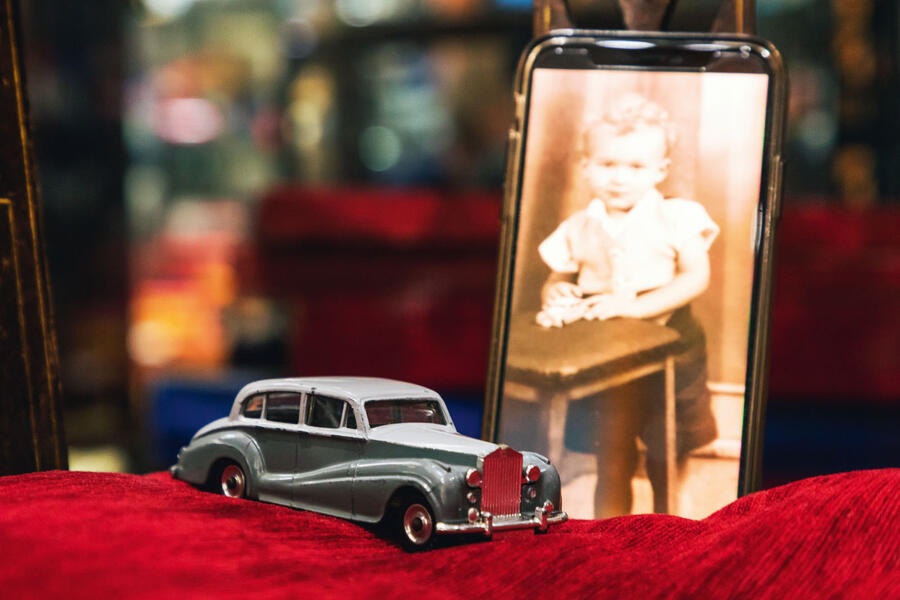[ad_1]
Haley wants £250 for his almost mint example complete with box, instruction leaflet, two figures and, crucially, the unused 007 transfer. This compares favourably with a guide price of £502. The model has never scaled the heights of the Batmobile, peaking at around £575, but this may be due to its massive sales success, which means good examples are always coming to market. “The 1960s was the golden age of model cars,” says Haley. “The real cars they were based on were more exciting, film and TV tie-ups boosted their appeal and people had more money to spend.”
Competition was intense between Matchbox, Dinky and Corgi. Today, each brand has its followers but I’m attracted to the Corgi models by their superior finish and detailing. Collector Brooke agrees.
“It’s my favourite brand,” he says. “The cars are better proportioned and their colours are brighter. They were the first to have windows, too. In fact, Corgi’s slogan was ‘The ones with windows!’”
Brooke has more than 1000 cars in his collection, but says that while many have increased in value, collecting them has never been about making money. “It’s all about nostalgia – my memories of childhood and my own cars,” he says. “The first model I bought was a Matchbox No.5 red bus. It cost 10 pence in a flea market. My most prized is a Dinky Rolls-Royce Silver Wraith of 1959.”

Where do all these collectable models, many still with their boxes, come from and, more important, what sort of child would keep their cars this way?
“I buy my stock from people who visit the shop, from markets and from auctions,” says Haley. “Private sellers who occasionally offer me their old cars boxed and in unplayed condition are often retired professionals who were careful with their things from day one.” Occasionally, he says, a load of unsold stock covered in dust is discovered. It could be anywhere in the world. Haley has his eye on Iran as a future source of top-quality models. The problem is that when big finds come to market, they upset prices, which is why Haley is loath to talk about model cars as investments.
“Just collect what you like and not with an eye on future values,” he says. “Cars still with their boxes command the highest prices, although the car itself must be in top condition.”
Something else that can affect prices is collectors’ advancing years. Richard Beale, valuer at Warwick & Warwick, an auction house that holds regular sales of model cars, says that the prices of cars that pre-date the 1950s are softening because the number of collectors who remember that period is declining. “On the other hand,” he says, “the market for 1960s cars and later is still buoyant.”
[ad_2]
